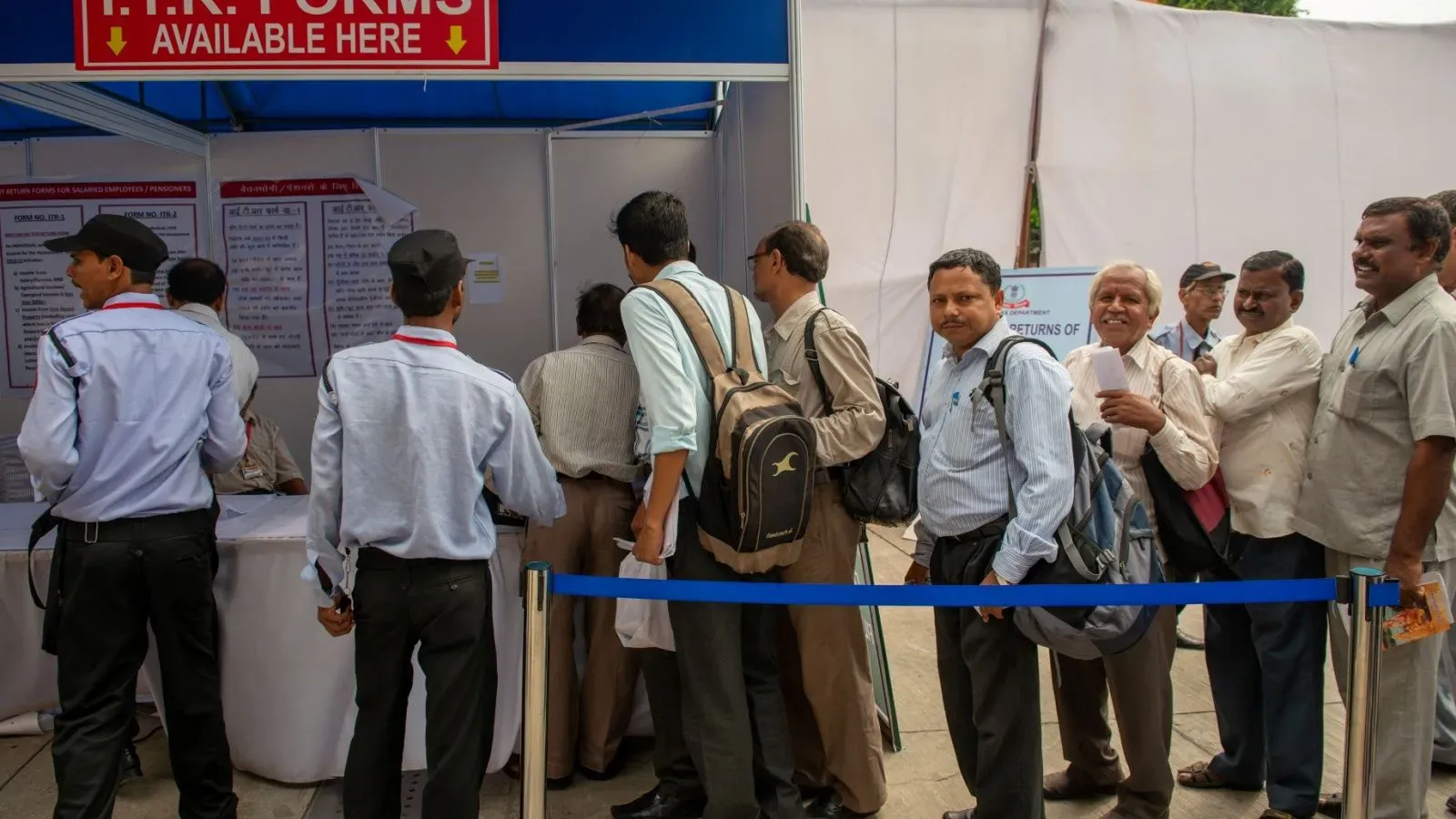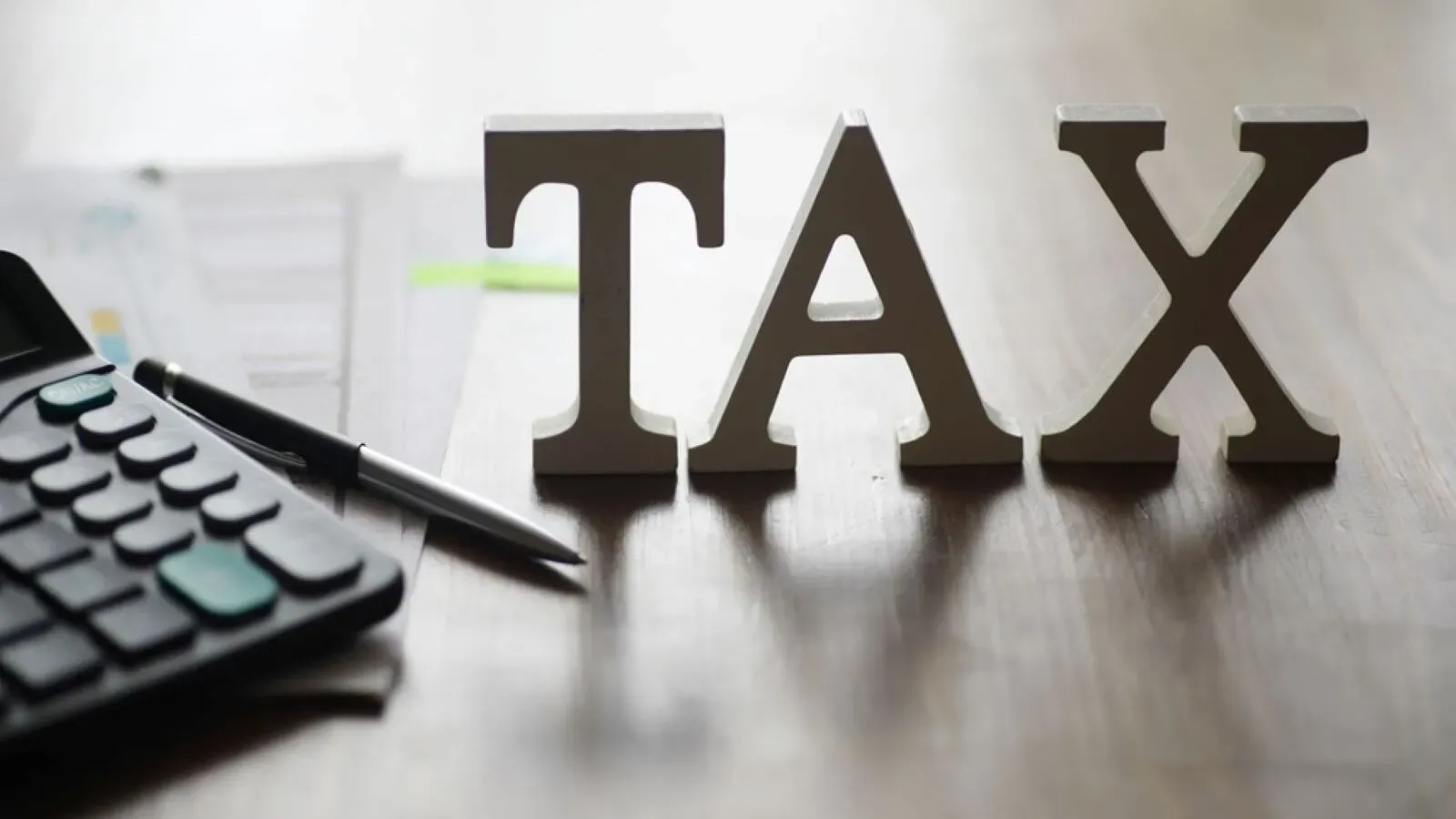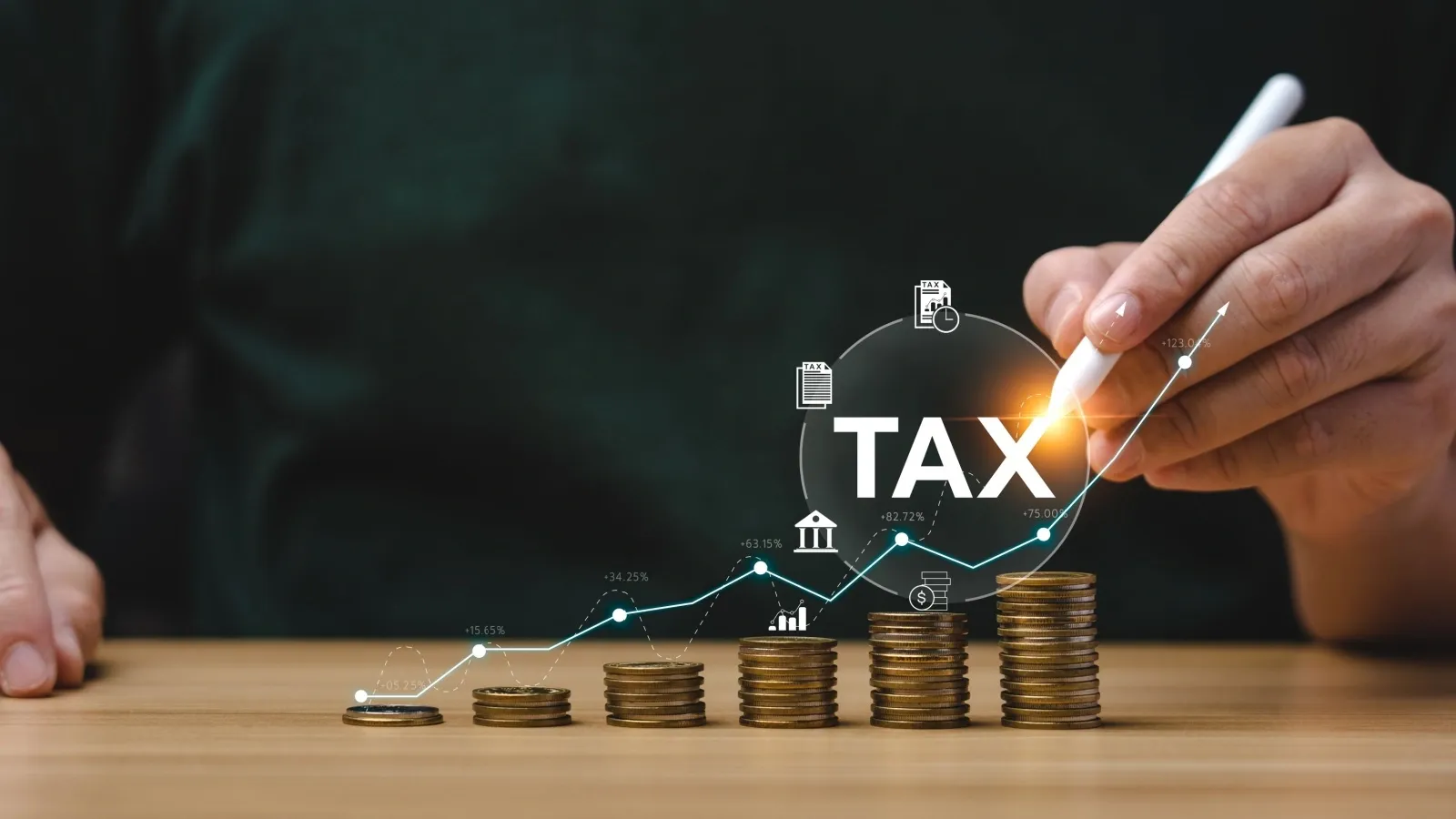Personal Finance News
Super senior citizen makes ₹20 lakh from pension, dividends, capital gains. What will be his tax?

4 min read | Updated on May 20, 2025, 16:08 IST
SUMMARY
For super senior citizens and other taxpayers, income from pension, dividends, and bank interest will be taxed as per the slab rates under the New Tax Regime in FY 2025-26.

The tax slab and rates for super senior citizens are same as other taxpayers under the new tax regime. | Representational image source: Shutterstock
As several changes have been introduced under the New Tax Regime in the last two budgets, there is a lot of interest among taxpayers to know their tax liabilities.
Recently, 86-year-old super senior citizen, Rajendra Paul Gupta, shared his anticipated income in FY 2025-26 with us via email and requested that we estimate his tax liability under the New Tax Regime. He is expecting to earn around ₹20 lakh from sources like pension, dividends, bank interest, and capital gains.
The following is what he wrote in the email:
- Pension: ₹6,60,000
- Bank interest and dividends: ₹5,50,000
- STCG under Section 111A: 5,90,000
- LTCG under Section 112A: 1,95,000
- Investments: Under Section 80C: ₹1,50,000; under Section 80D: ₹65,000
Before getting into the calculations, a few important points need to be mentioned about taxation of the above-mentioned incomes under the New Tax Regime in FY 2025-26:
-
Section 87A rebate of ₹60,000 will not apply in the above case as total income is above ₹12 lakh (We have explained this in another article here).
-
Under the New Tax Regime, deductions under Section 80C and Section 80D are not applicable.
-
In FY 2025-26, the rate of tax on STCG under Section 111A is 20%, and on LTCG, it is 12.5% on gains above ₹1.25 lakh.
-
Dividends and bank interest will be taxed as per the slab rates. Dividend income appears as "Income from other sources" in ITR. Dividends received on or after 1 April 2020 are taxable in the hands of the investor/shareholder at the applicable tax slab rates.
-
A standard deduction of ₹75,000 will apply on pension income.
-
As per CBDT, in case of special rate incomes under Section 111A and Section 112A, calculation of tax should be done separately (read more details here).
-
In the new tax regime, the slab rates are the same for all taxpayers in FY 2025-26. (Check rates here)
Now, the calculation of tax will be as follows. For the ease of understanding, we have divided the calculation into two parts:
-
Calculation of tax on pension + interest + dividend incomes
-
Calculation of tax on capital gains
A. Tax on Pension, Interest and Dividend
| Particulars | Amt (₹) |
|---|---|
| Gross Pension | 660000 |
| Less: Standard Deduction | 75,000 |
| Taxable Pension Income | 585,000 |
| Bank Interest and Dividends | 550000 |
| Total taxable income | 1,135,000 |
| Total tax as per new slab and rates | 87000 |
B. Tax on capital gains
| Particulars | Amt (₹) |
|---|---|
| LTCG u/s 112 A | 195000 |
| Less ₹1,25,000 | 70000 |
| Taxable LTCG | 70000 |
| Tax @12.5% | 8750 |
| STCG under Section 111 A | 590000 |
| Tax on STCG @20% | 118000 |
| Total STCG+LTCG tax | 126750 |
| Tax Component | Amount (₹) |
|---|---|
| Total Tax Before Rebate (A+B) | 2,13,750 |
| Less: Rebate Under Section 87 A | NA |
| Less: Marginal Relief | NA |
| Add: Health & Education Cess (4%) | 8,550 |
| Total Tax Liability | 2,22,300 |
Thus the total tax liability under the new regime will be approximately ₹2,22,300. However, TDS/TCS, if any, paid during the financial year will be reduced from the total tax liability.
However, taxpayers should consult a tax professional, preferably a CA, for accurately calculating and addressing their tax liabilities.
Related News
About The Author
Next Story




